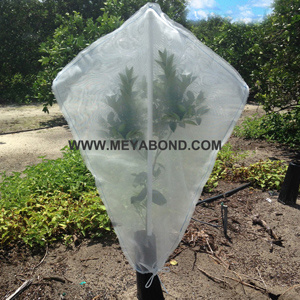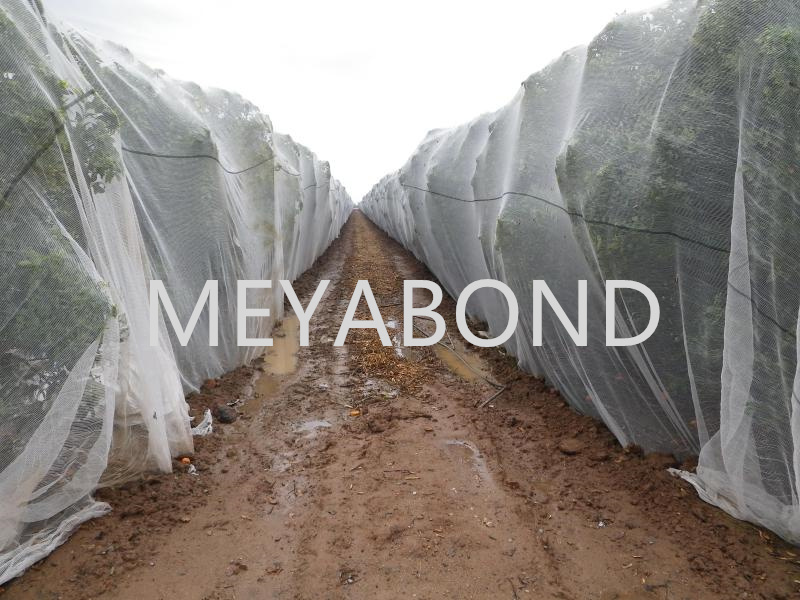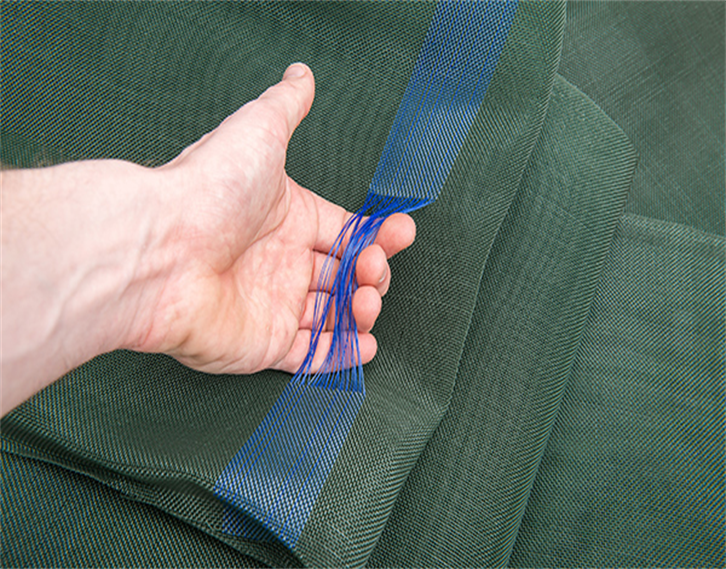Understanding Open Protective Nets: The Essential Shield for Agricultural Success
Open protective nets play a crucial role in the agricultural sector, particularly in facilities that cultivate crops in controlled environments. These nets are designed to provide a physical barrier against various pests and environmental factors while still allowing air, sunlight, and rain to reach the plants. This balance is essential for promoting healthy growth and maximizing crop yield.
One of the primary advantages of using open protective nets is their ability to prevent insect infestations without relying on chemical pesticides. This is not only beneficial for the crops but also for the surrounding ecosystem, as it reduces chemical runoff and improves soil health. By creating a barrier that deters pests, farmers can cultivate crops organically and provide safer food options for consumers. Moreover, the nets can also protect against larger animals, such as birds and rabbits, which can cause significant damage to crops.
Additionally, open protective nets help regulate microclimatic conditions around the plants. They can reduce wind speed, minimize temperature fluctuations, and enhance humidity control. This is particularly beneficial for sensitive crops that require stable growing conditions. By maintaining an optimal environment, farmers can improve germination rates and accelerate growth cycles, ultimately leading to earlier harvests.
The versatility of open protective nets is another aspect that makes them indispensable in agriculture. These nets come in various sizes, mesh densities, and materials, allowing farmers to select the best option for their specific needs. For instance, finer mesh nets can be used to protect against the smallest pests, while coarser options may suffice for larger threats. The adaptability ensures that farmers can customize their protective measures based on the crops they grow and the prevalent pest issues in their region.
Moreover, open protective nets are environmentally friendly and sustainable. They are often made from recyclable materials that have a minimal carbon footprint. This aligns well with the increasing demand for sustainable farming practices, as consumers become more conscious of their food sources and the methods used to produce them.
In conclusion, open protective nets are an essential tool for modern agriculture, providing an effective means of pest control while promoting sustainable practices. By understanding their benefits and applications, farmers can make informed decisions that enhance crop production and protect their investments. As agriculture continues to evolve, harnessing the potential of open protective nets will be key to achieving greater efficiency and sustainability.
One of the primary advantages of using open protective nets is their ability to prevent insect infestations without relying on chemical pesticides. This is not only beneficial for the crops but also for the surrounding ecosystem, as it reduces chemical runoff and improves soil health. By creating a barrier that deters pests, farmers can cultivate crops organically and provide safer food options for consumers. Moreover, the nets can also protect against larger animals, such as birds and rabbits, which can cause significant damage to crops.
Additionally, open protective nets help regulate microclimatic conditions around the plants. They can reduce wind speed, minimize temperature fluctuations, and enhance humidity control. This is particularly beneficial for sensitive crops that require stable growing conditions. By maintaining an optimal environment, farmers can improve germination rates and accelerate growth cycles, ultimately leading to earlier harvests.
The versatility of open protective nets is another aspect that makes them indispensable in agriculture. These nets come in various sizes, mesh densities, and materials, allowing farmers to select the best option for their specific needs. For instance, finer mesh nets can be used to protect against the smallest pests, while coarser options may suffice for larger threats. The adaptability ensures that farmers can customize their protective measures based on the crops they grow and the prevalent pest issues in their region.
Moreover, open protective nets are environmentally friendly and sustainable. They are often made from recyclable materials that have a minimal carbon footprint. This aligns well with the increasing demand for sustainable farming practices, as consumers become more conscious of their food sources and the methods used to produce them.
In conclusion, open protective nets are an essential tool for modern agriculture, providing an effective means of pest control while promoting sustainable practices. By understanding their benefits and applications, farmers can make informed decisions that enhance crop production and protect their investments. As agriculture continues to evolve, harnessing the potential of open protective nets will be key to achieving greater efficiency and sustainability.
Key words:
Related News
CONTACT US
Email: sales8@meyabond.com
Tel: +8618911966213
No.3 Yard, ZhongHe Road, 100071,FengTai District, Beijing, China
Email: sales8@meyabond.com
Tel: +8618911966213
No.3 Yard, ZhongHe Road, 100071,FengTai District, Beijing, China
















